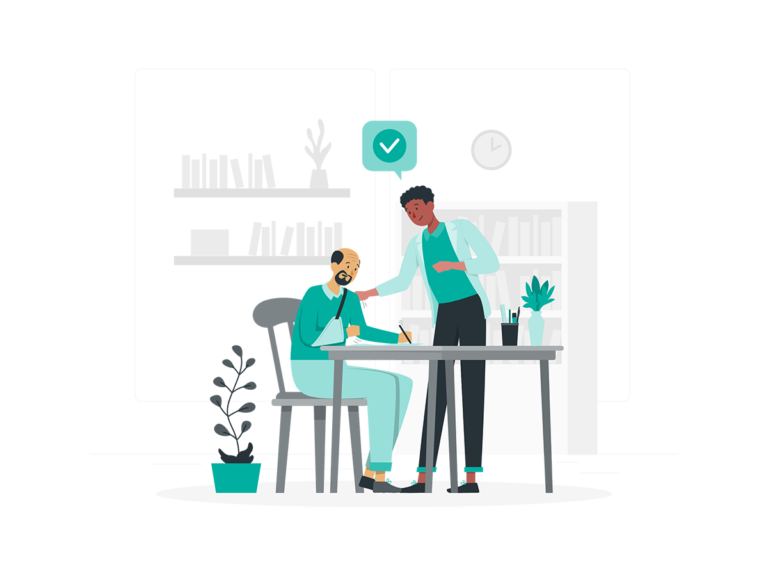This post was created using Populate’s proprietary speech-to-text dictation software engineered by friend and business partner Zubair Noman. Thank you, Zubair.
My wife’s first year as a doctor was 2020. She started her residency at a very large hospital here in New York City. Within months of beginning her career as a doctor, the first wave of the pandemic hit us. Although Rachel was supposed to focus specifically on pediatrics, her wing was repurposed to treat COVID patients. Rachel experienced a lot of hardship in the months that followed. All doctors are subject to grueling workloads early in their residency, but the pandemic made things worse than ever.
Rachel’s schedule regularly consisted of 18 and 24-hour shifts. Sometimes these shifts were so intense that she would not have time to sit down and rest her body. Then she would come home, and instead of sleeping or spending time with loved ones, she would have to finish her documentation. Sometimes, I would ask about this chore, and what I heard shocked me. Rachel was working in an archaic, clunky system where accessing the information she needed required a facepalming number of clicks, scrolls, and searches.
I asked her if other folks were able to complete this work faster or if there was training that she could do to become more efficient in the system. “Not really. Everyone complains about the EHR.” After spending the bulk of my career in enterprise software, I have gotten used to occasionally coming across user experience that is far from optimal (as we all know, UX tends to suffer in all industries where the buyer and user are two different people). But my wife’s documentation workload was beyond anything I had ever seen. Watching her deal with this cumbersome process was difficult – Especially since she was already running on very little sleep and experienced a tremendous amount of trauma while at work.
It was during this time that I became very interested in software for the point of care. I left my job at a white-collar consulting company to pursue this new passion. I studied startups that made user-friendly, efficient software for behavioral health clinicians. The quick adoption of those products made it crystal clear to me that when presented with time-saving technology, clinicians will happily adopt new software – and it’s quite possible to make a tremendous difference in their lives.
When the opportunity arose for me to build a company with Zubair, we quickly bonded over our passion for bringing better technology to point-of-care.
Why are customer satisfaction rates across the clinical software industry so remarkably low?
10 years ago, when Obamacare rolled out incentives for health care practices to use a digital format to create and store, regulators had the best intentions. Digitizing health records was a no-brainer and financial incentives drove the rapid adoption of EHR software and other digital products. But unfortunately, these systems were too often built for storage instead of efficiency. Over time, requirements for documentation have only increased and become more cumbersome for physicians and staff. Burnout has become an acute problem for healthcare workers. Providers have more work than they have time to do it. They’re understaffed, oftentimes underpaid, and inundated with work that has nothing to do with what really drives satisfaction and joy.
The technology community has the ability and the responsibility to deliver more efficient tools for completing the parts of their work that they enjoy least. So the future of clinical healthcare work has two potential possibilities. One, the software is used during the workday and then also after the workday, where providers take their software home to finish administrative tasks after a long day of providing care. The software they’re using continues to be clunky, inefficient, and poorly designed.
But there is a second possibility. As a tech community, we deliver more efficient tools for these critically important workers. When we save them time and get them closer to the part of their work that they actually enjoy, we significantly improve their life experience. After all, providers did not complete their grueling training in order to spend their time on documentation. They went through their training so that they could provide care.
Our mission is to improve the experience for healthcare workers everywhere. To do this, Populate needs to create software that is streamlined, saves time, and provides better information the moment it is needed. When we build the next generation of clinical software tools, we must solve the existing problems with engineering, Human-Computer-Interaction, and device integration. We’re eager to build a mission-driven team. If our mission energizes you, please reach out.
-Chance Rodriguez


